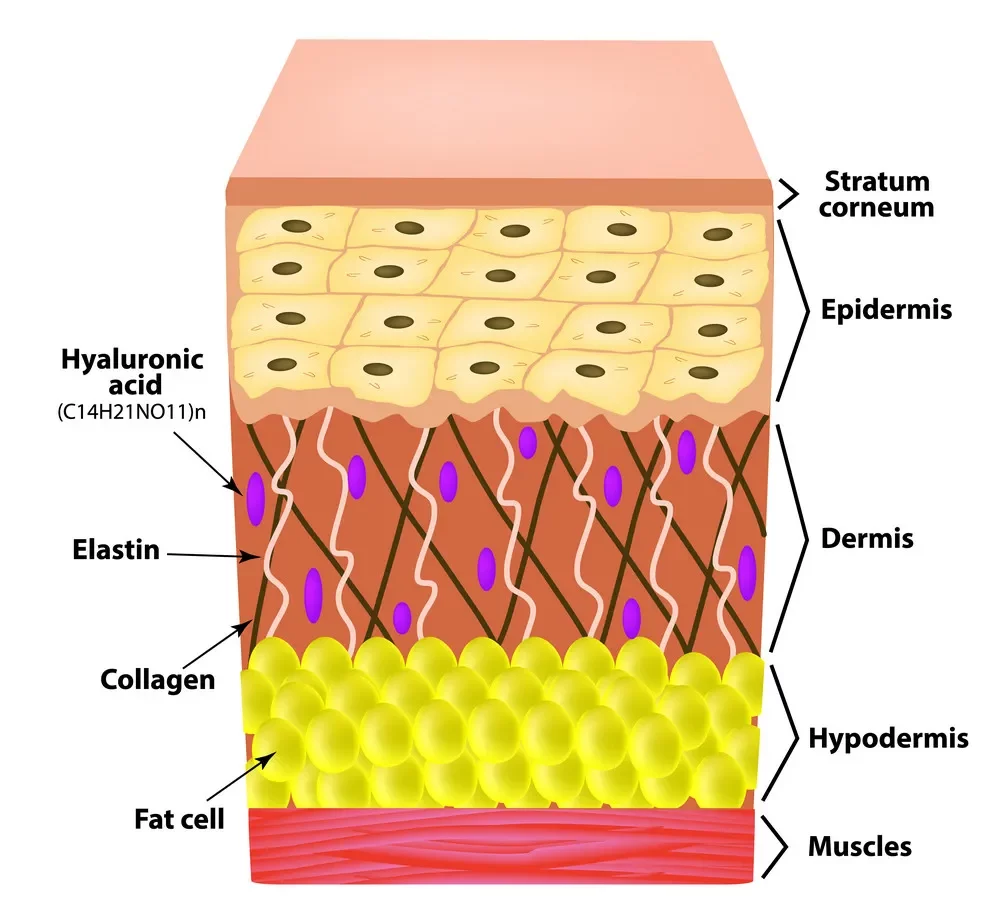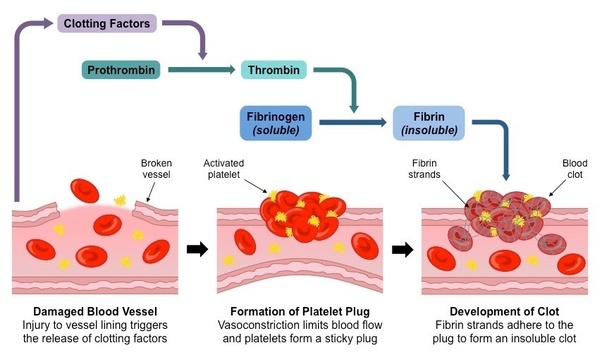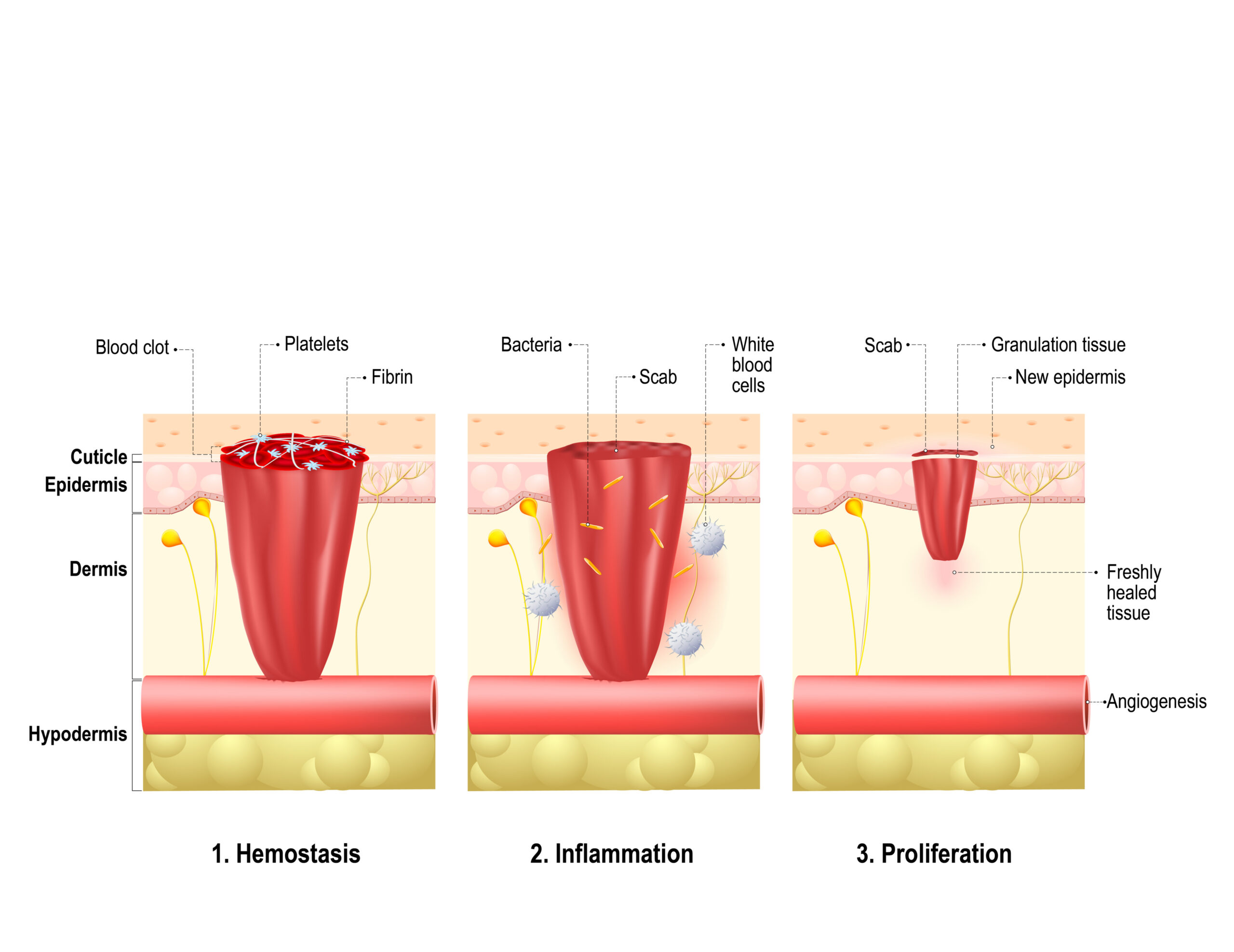The skin consists of several layers:
- The outermost layer, known as the stratum corneum, consists of deceased cells that serve as a shield for the more fragile, living cells underneath.
- Directly below the stratum corneum is the epidermis, where living cells are continually produced, ascend to the surface, die off, and eventually flake away.
- Cells within the epidermis contain melanin, which acts as a UV radiation absorbent, shielding the skin from harmful sun exposure.
- Underneath the epidermis is the dermis, a composite layer made of hyaluronic acid, collagen, and elastin. These elements provide the structural framework that supports the overlying epidermis. Fibroblasts found in this layer produce hyaluronic acid, collagen and elastin.
- Below the dermis lies the hypodermis, primarily composed of subcutaneous fat. This layer is vital for thermal insulation of the skin.
- The lowest layer is muscle tissue, contributing to the skin’s overall tone.




